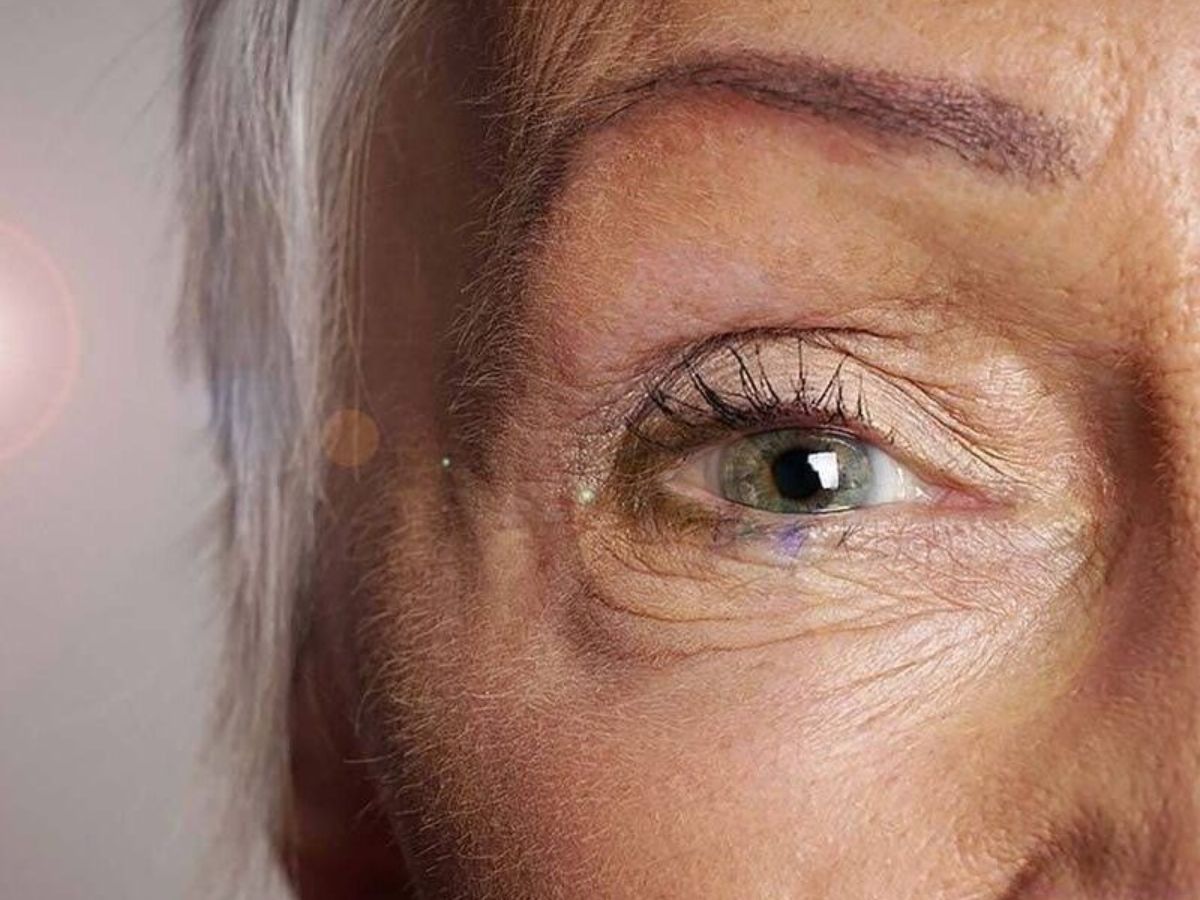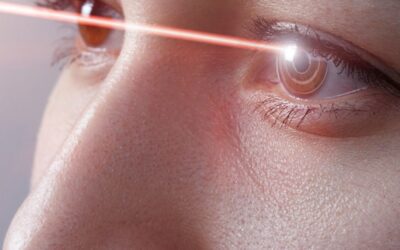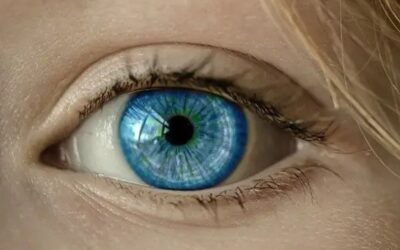By Dr. Jay Fiore
A cataract is a clouding of the crystalline lens of the eye and a reversible cause of blindness. The lens of the eye rests behind the pupil and is responsible for helping to focus light on the back of the eye (the retina).
Cataracts can affect anyone, of any age, but are more common in the aged population. As cataracts develop, they block the passage of light through the eye and cause light to be scattered as it enters the eye. This loss of quantity and focus of light leads to decreased quality of vision and visual acuity.
Early signs of cataracts include seeing “halos” and glare from lights at night as well as the inability to read road signs at the same distance one was once used to. Eventually, cataracts lead to overall decrease in visual function leading to a decreased ability to read and perform activities of daily living. Cataracts can cause frequent eyeglass prescription changes, double vision, and a fading of colors. A typical cataract of aging will cast a yellowish hue to one’s vision, a process that happens so slowly that its effect typically isn’t noticed until the cataract is removed.
Cataracts most commonly are the result of the process of aging, but can also be derived from other causes. Children can be born with congenital cataracts and require surgery before 6 weeks of age. Secondary cataracts can develop from diabetes, radiation, corticosteroid use, and previous intraocular surgery, just to name a few. Blunt force trauma to the eye can also trigger cataract formation. Lastly, certain lifestyle choices can lead to early cataract formation, such as smoking, alcohol use, and prolonged sun exposure.
Fortunately, in the western world, going blind from cataracts is almost a thing of the past due to the many highly trained Ophthalmologists performing state of the art surgery. Cataract surgery has progressed from a procedure known as Couching, where the cataract was pushed to the back of the eye and Coke-bottle glasses were worn afterwards, to today, where a cataract can be removed through a microscopic self-sealing incision with Phacoemulsification and a lens can be inserted into the eye to not only correct for one’s eyeglass prescription, but in certain circumstances, eliminate glasses entirely.




0 Comments